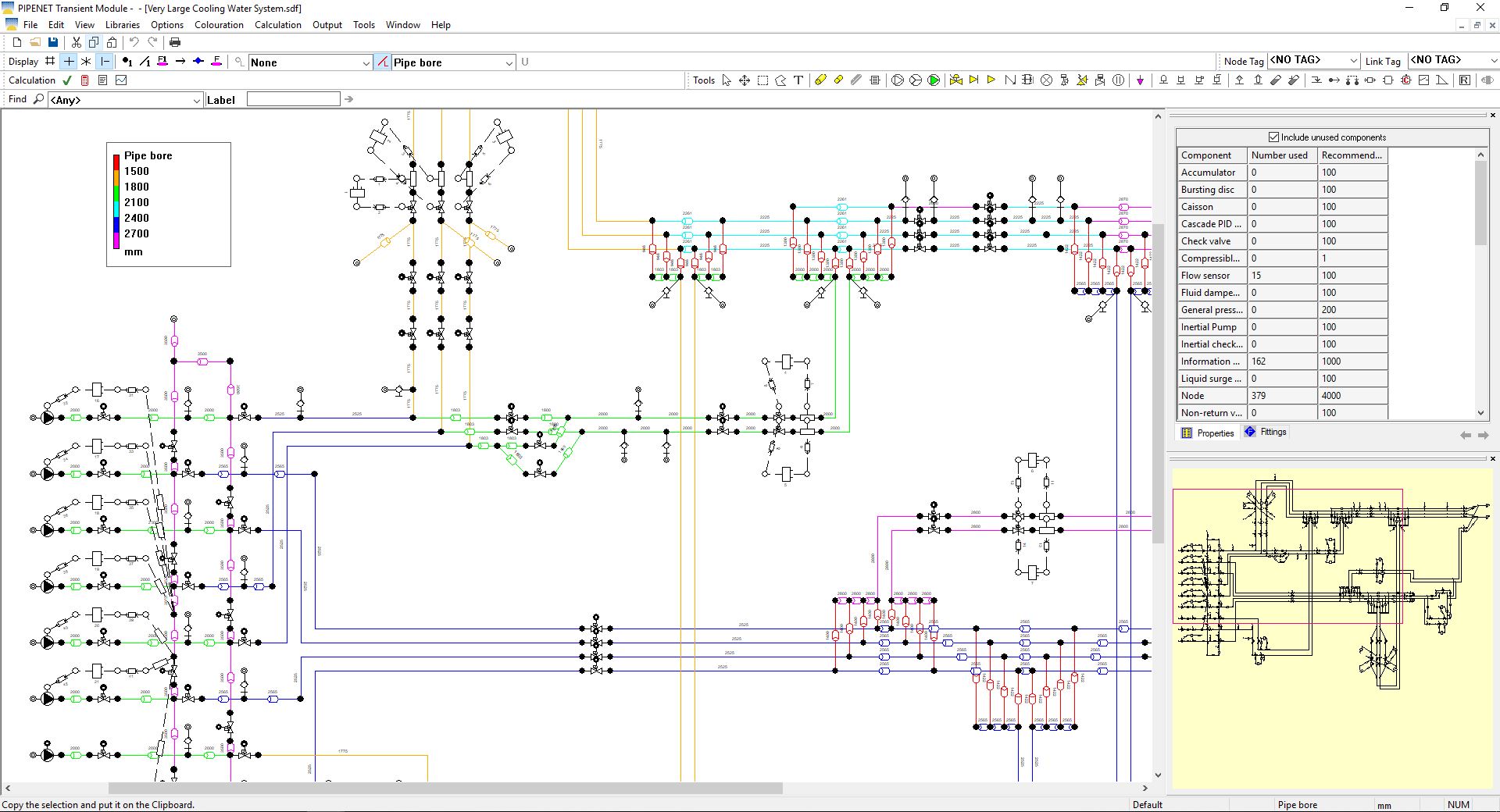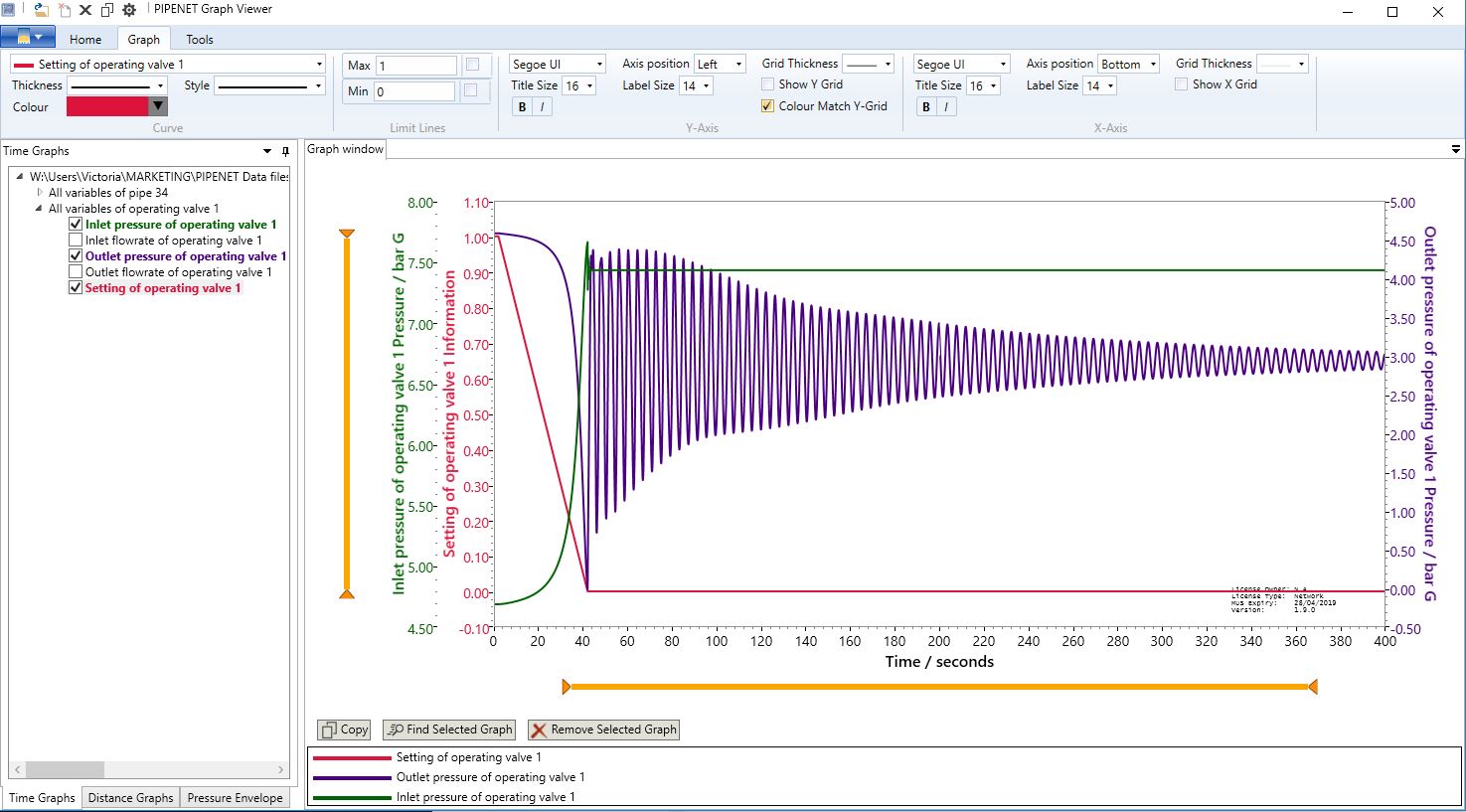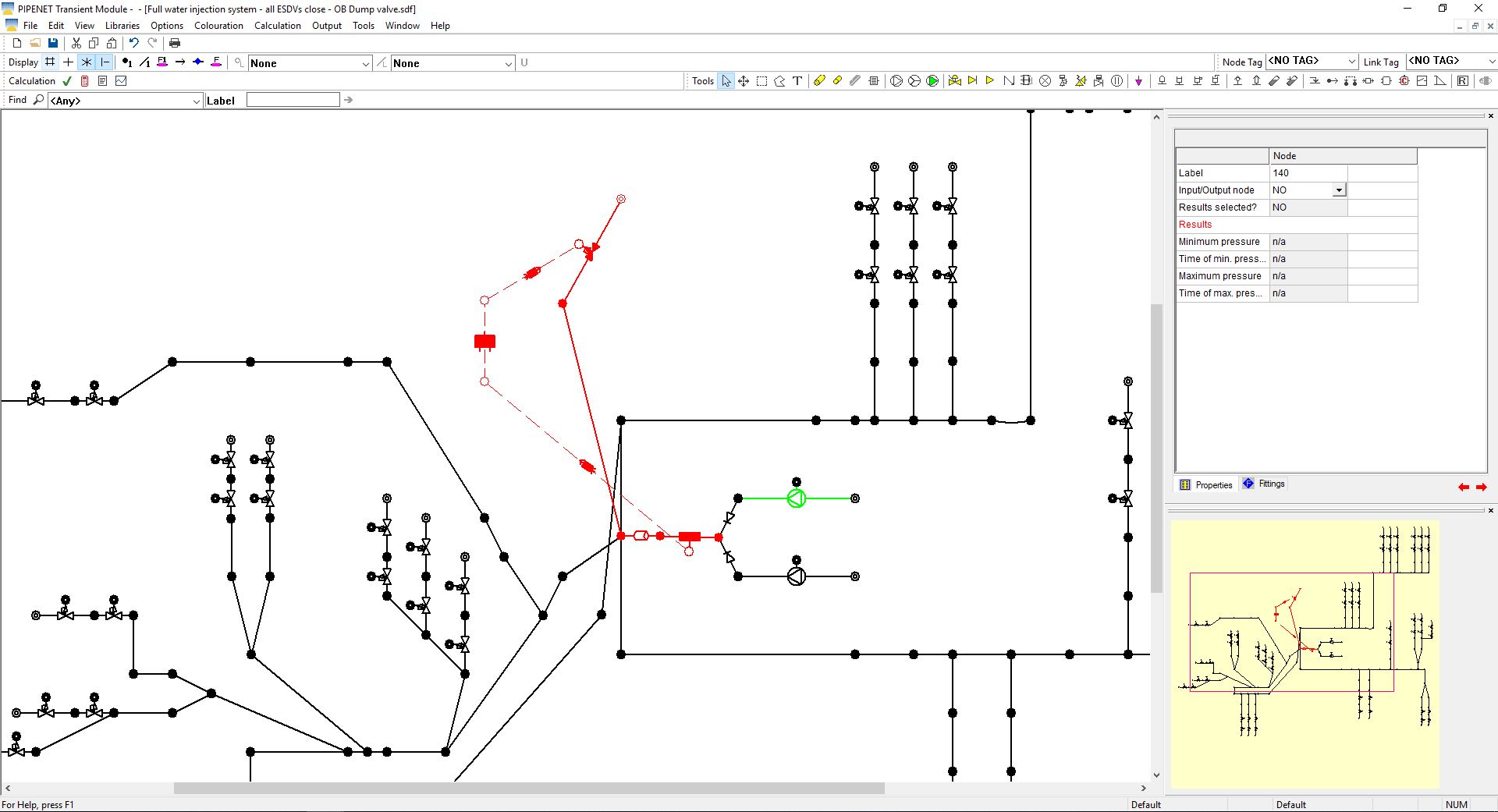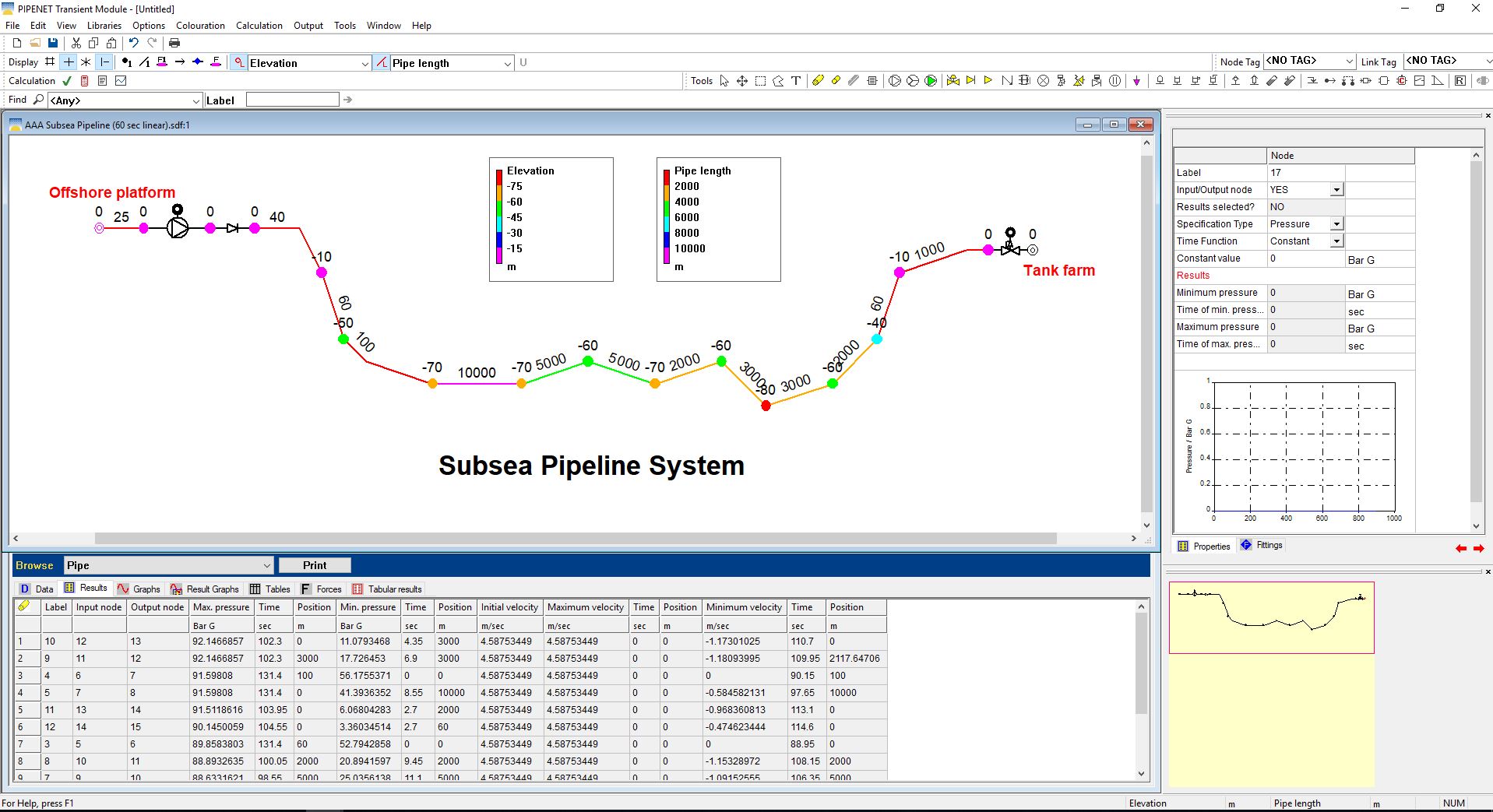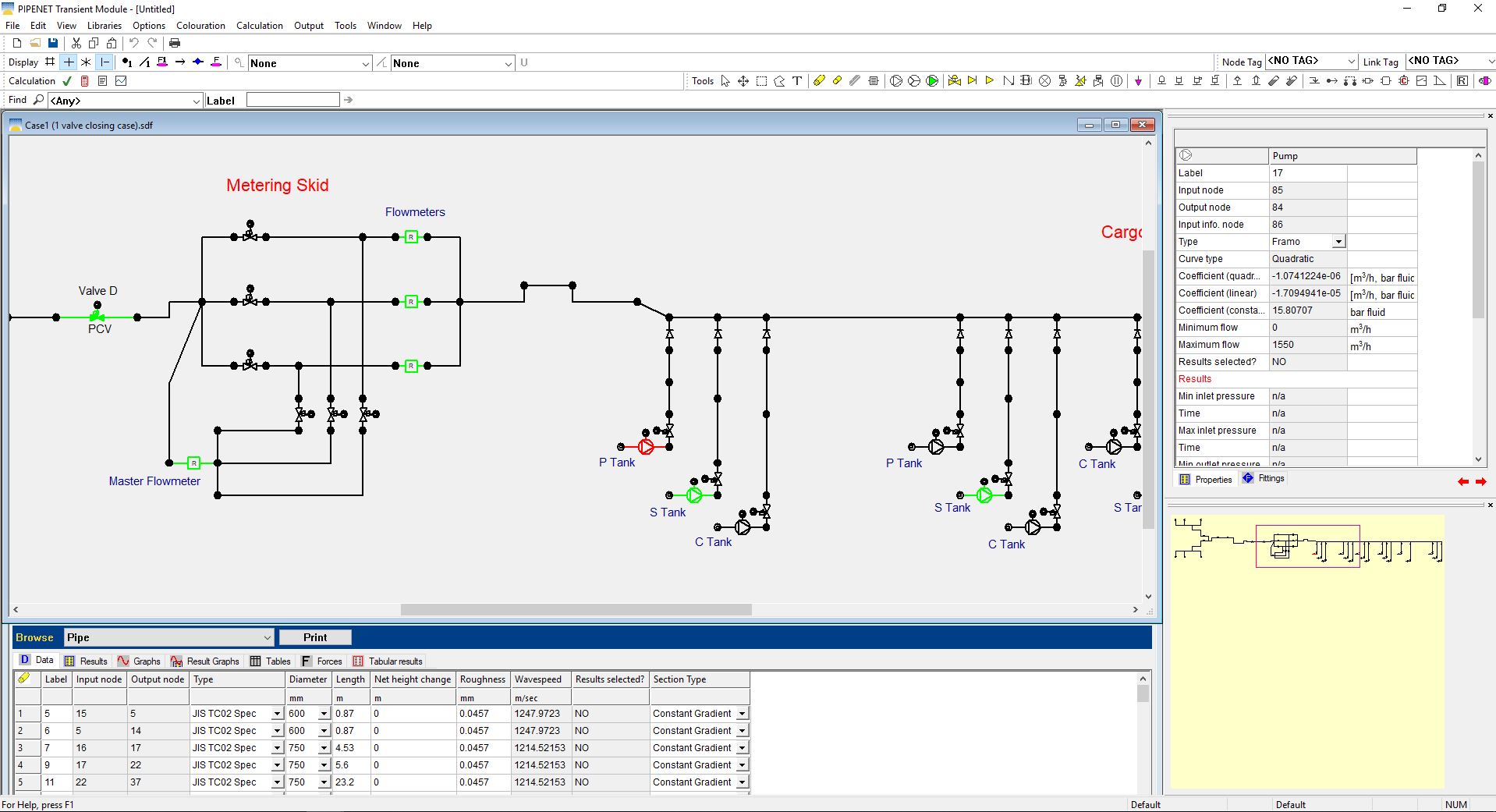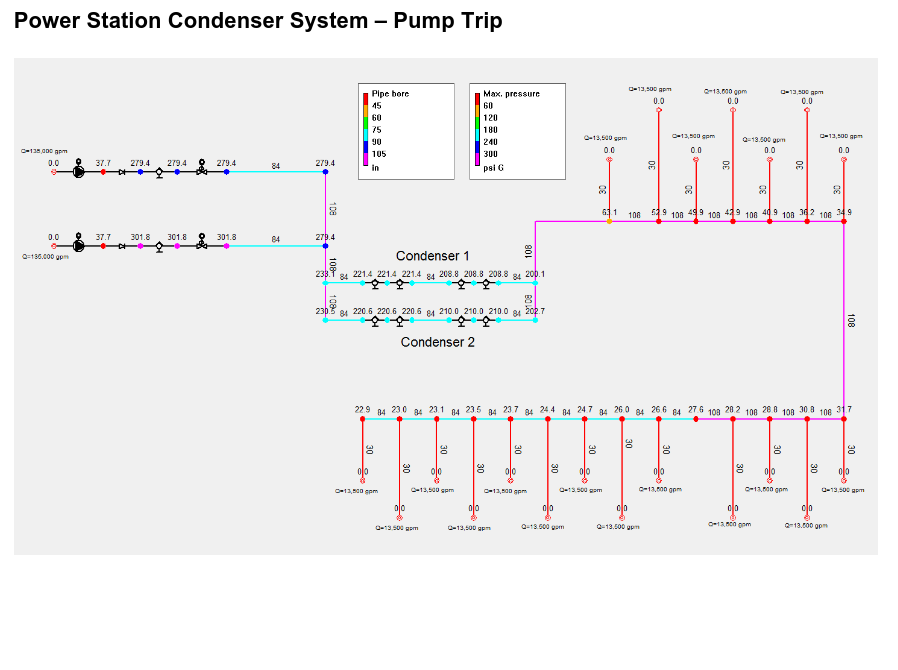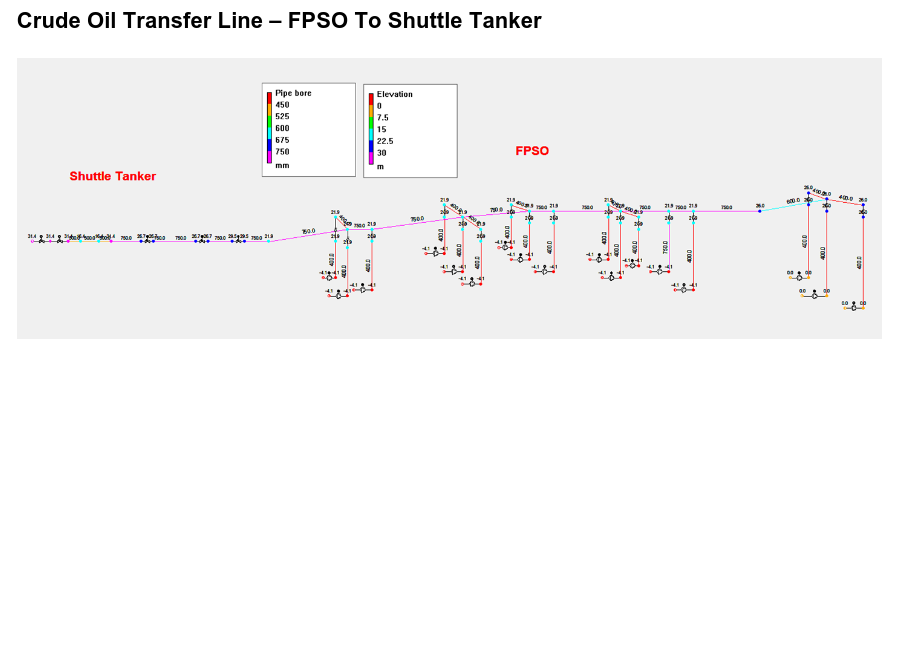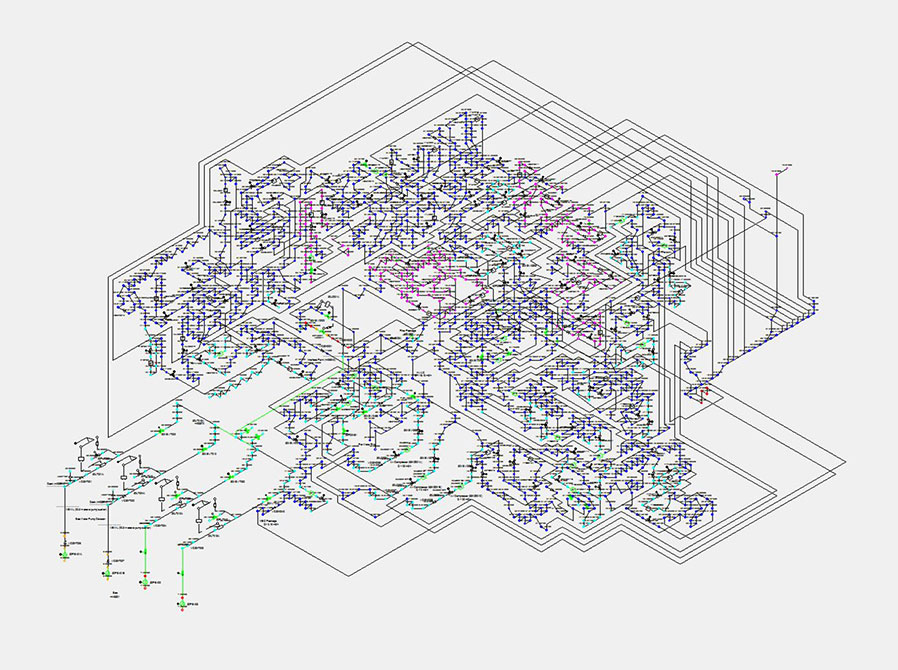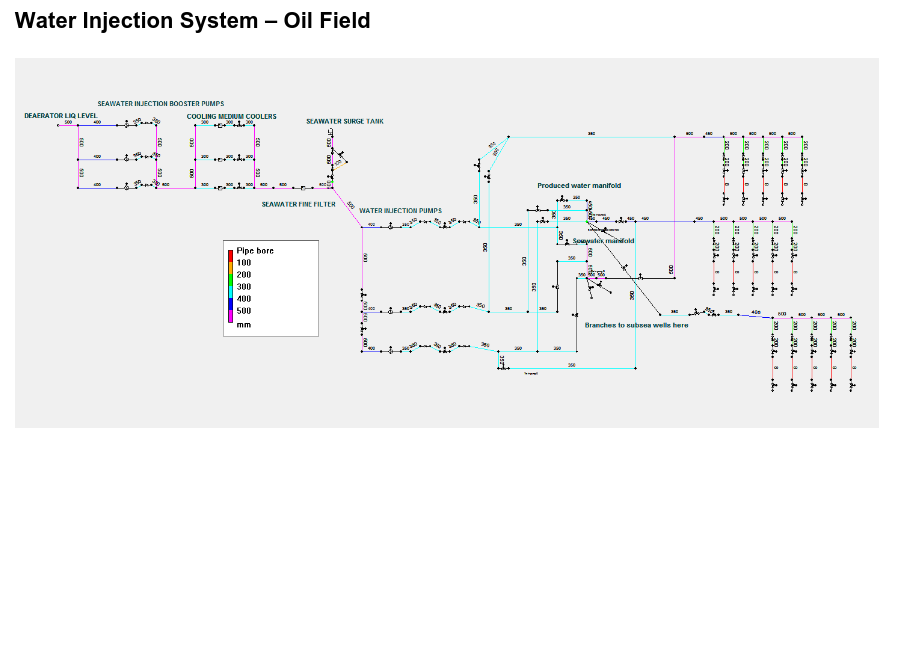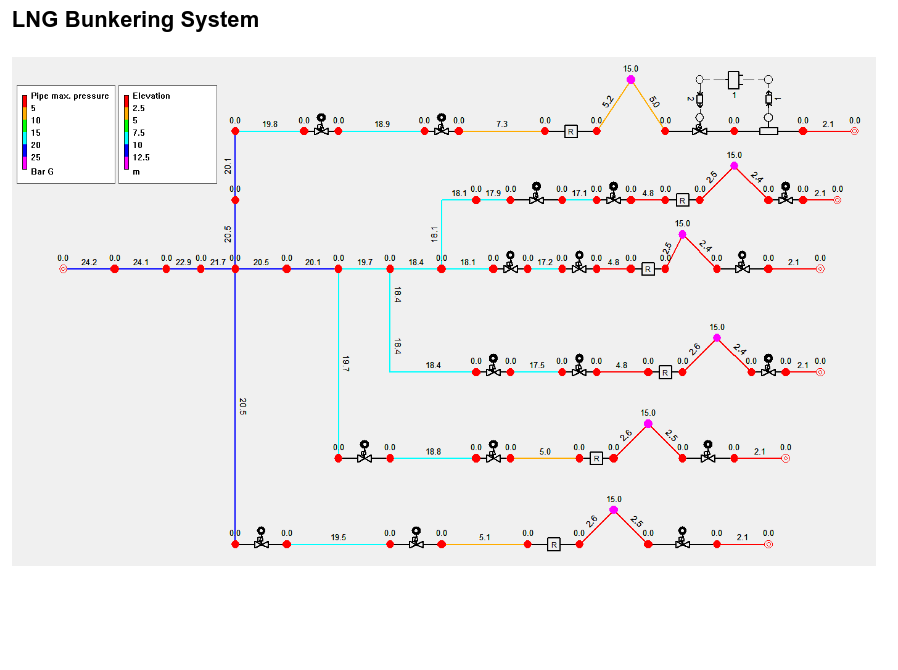PIPENET Transient Module is a powerful software tool for rigorous dynamic flow analysis that pinpoints problem areas and potential solutions.
PIPENET Transient Module Screenshots
Applications of PIPENET Transient Module
PIPENET Transient Module Features
Some of the unique features of the Transient Module are hydraulic transient forces, sophisticated control systems, priming and discharge time calculation.
PIPENET Transient Module is used all around the globe for rapid and reliable dynamic flow analysis of complex and simple networks.
PIPENET Transient module has unique models such as the dry pipe model, with or without cushioning effect, in order to calculate the discharge of deluge systems accurately. It has ground breaking channel cavitation models which can estimate the size and position of vapour cavities and their variation with time precisely. It can model air entry into the system and the movement and size variation of air cavities and slugs along the network system. PIPENET Transient module has powerful control systems capability without which many network systems just cannot be modelled.

